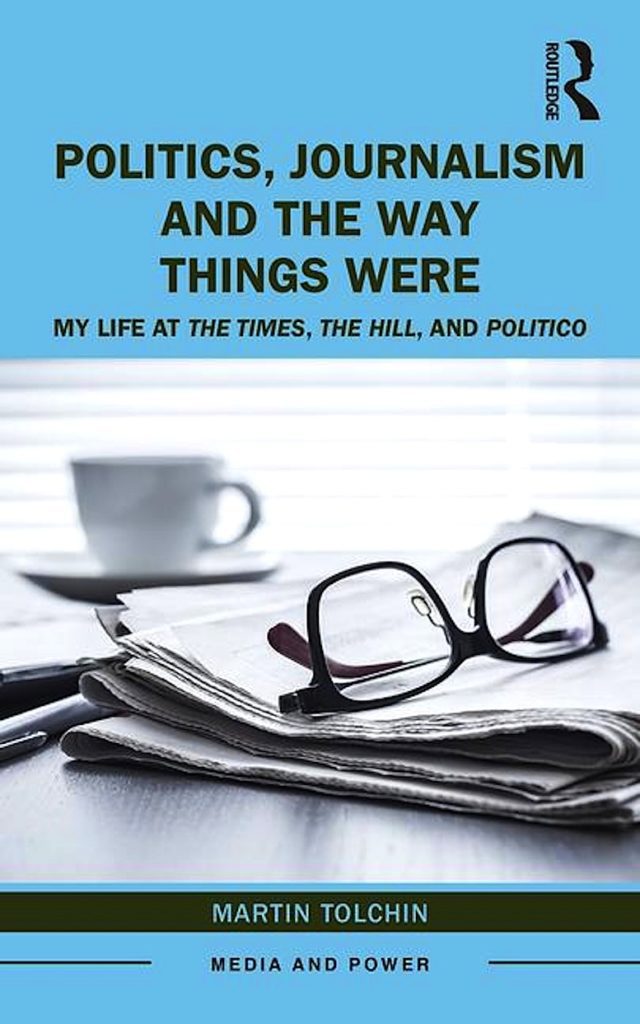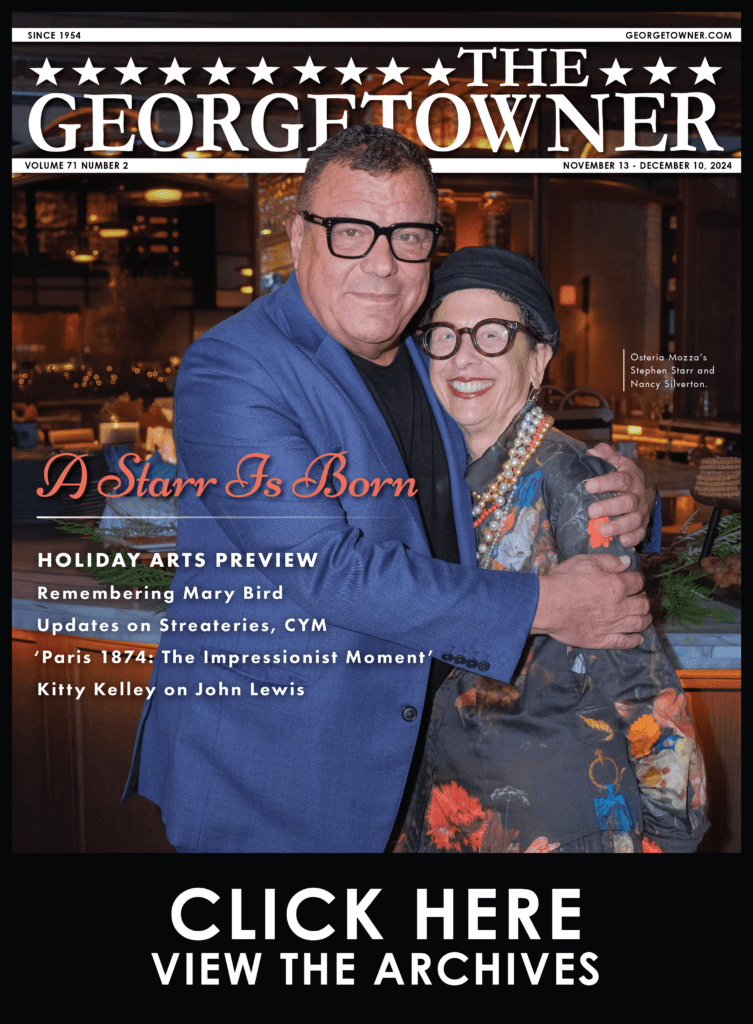Martin Tolchin’s ‘Politics, Journalism, and the Way Things Were’
By • March 11, 2020 0 1603

Reviewed by Kitty Kelley
Journalists will enjoy this memoir, but anyone who’s suffered a setback or come face to face with failure will profit and take heart. By looking back on his life, Martin Tolchin (known to everyone as Marty) offers a way forward, and not just for those trying to succeed in journalism.
He shows that what it takes to survive and thrive in any profession is courage, which, Winston Churchill said, “is rightly esteemed the first of human qualities … because it is the quality which guarantees all others.”
Tochin begins his book, “Politics, Journalism, and the Way Things Were: My Life at the Times, the Hill, and Politico,” at the beginning, growing up in the Bronx, the only child of progressive parents. Not quite a red-diaper baby, he was enough to the left that he joined a Marxist study group at the Bronx High School of Science.
This — plus attending a Pete Seeger concert and receiving a pamphlet from Katharine Hepburn that began, “I speak because I am an American” — was enough to mark him as a “subversive” during the McCarthy era.
With self-deprecating humor, he writes: “I graduated from Bronx Science by the skin of my teeth.” He had no chance to enroll at an elite East Coast university. “My college adviser said, ‘We’ll start in Colorado and work our way west.’ That’s how I ended up at the University of Utah in Salt Lake City after a short stint at Idaho State College in Pocatello.”
Following college and law school, he joined the Army, but as a “subversive” he could not practice law unless he named the names of those in his Marxist high school study group. He refused. “So three years of law school went down the drain,” he writes.
In addition, he was given only a general discharge, which marked him for years, until the Supreme Court struck down the Army’s policy of withholding honorable discharges for political activities prior to induction.
Yet there are no bitter recriminations in Tolchin’s narrative, which is suffused with gentle humor, including the time he was in the Army and crept into a darkened Carnegie Hall late one night with a date. Spotting the piano in the middle of the empty stage, he began playing, and the maintenance men, enchanted, began lighting the hall tier by tier.
“When I finished they applauded. I think my uniform prompted their kindness, but the fact is I’ve played Carnegie Hall,” he writes.
After his Army stint, unable to practice law, Tolchin took a two-day course offered by the Veterans Administration titled “How to Get a Job.” He shares the wisdom he learned: First, decide what you enjoy doing; if you do what you love, you’ll never regret working. Then, write no fewer than 100 CEOs of the companies that do the work you want, offering to work in any capacity as long as there’s room for advancement. Then, initiate — don’t respond — by saying: “May I call your office on (date) to ask for an appointment.”
Tolchin wrote 110 such letters. One of the four responses he received was from the New York Times, where he started as a 25-year-old copyboy. Looking for stories to write, he haunted laundries, churches, police stations and restaurants, always asking: “What’s everybody so upset about in the neighborhood?” Inevitably, he got a good story.
After chasing cops and cons, he landed on the women’s page writing features. Lured to the newsroom, he could not write under deadline, he admits. So the Times put him on “night rewrite” from 7 p.m. to 3 a.m., and within 18 months he was writing 1,000 words an hour.
Tolchin worked for the paper for 40 years, covering the good and the great. After retiring as a White House correspondent, he started the Hill as a weekly newspaper. Then, at 76, he helped launch Politico. Finally, at 92, he’s decided to retire … “for the time being.”
His is a thoroughly delightful book by a writer who puts the smile in likability. My only carp is with the publisher’s presentation — a skimpy paperback with tiny type, squeezed margins and no photo gallery. It’s like giving someone a cashmere sweater in a sack. The package is unworthy of the present.
Tolchin’s book deserves to take its place in the pantheon of journalistic memoirs with “Growing Up” by Russell Baker, “My Life and the Times” by Turner Catledge, “Personal History” by Katharine Graham, “A Child of the Century” by Ben Hecht, “Letters to the Nation” by Molly Ivins and “The Glass Castle” by Jeannette Walls.
Given the sorry statistics facing journalism today, one wonders about the future of that pantheon, considering the Gallup poll Tolchin cites that shows Americans’ trust in journalism has fallen since 1976, when it was at an all-time high of 76 percent, to an all-time low of 32 percent.
Tolchin doesn’t analyze what happened in those four decades to cause Americans to lose trust in the media, but he reports an eye-popping political cleavage: the level of trust in the press is 76 percent for Democrats, 42 percent for Independents and 21 percent for Republicans.
Despite these sorry statistics, Tolchin remains an optimist, and in the classes he teaches he encourages students to pursue journalism. “If you’re interested in people and ideas, enjoy constantly learning and want to have an impact on your community, nation and the world, you should seriously consider a career in journalism. It’s given me a great ride.”
The same can be said for his book.
Georgetown resident Kitty Kelley has written several number-one New York Times best-sellers, including “The Family: The Real Story Behind the Bush Dynasty.” Her most recent books include “Capturing Camelot: Stanley Tretick’s Iconic Images of the Kennedys” and “Let Freedom Ring: Stanley Tretick’s Iconic Images of the March on Washington.”

